The world’s first large variable-buoyancy-powered autonomous air vehicle (UAV), the revolutionary Phoenix aircraft that can stay in the sky indefinitely, was successfully test flown.
A group of UK experts has successfully flown the first ever large-scale aircraft powered by variable-buoyancy propulsion. The Phoenix is designed to repeatedly transition from being lighter than air to being heavier than air so thrust is generated to propel the craft forward.
The team behind the ultra-long endurance autonomous aircraft includes representatives from academia and industry. Andrew Rae, Professor of Engineering at the University of the Highlands and Islands Perth College UHI Campus, led the design of the aeroplane.
He explains: “The Phoenix spends half its time as a heavier-than-air aeroplane, the other as a lighter-than-air balloon. The repeated transition between these states provides the sole source of propulsion.
“The vehicle’s fuselage contains helium to allow it to ascend and also contains an air bag which inhales and compresses air to enable the craft to descend. This motion propels the aeroplane forwards and is assisted by the release of the compressed air through a rear vent.
“This system allows the Phoenix to be completely self-sufficient. The energy needed to power its pumps and valves is provided by a battery which is charged by lightweight flexible solar cells on its wings and tail.
“Vehicles based on this technology could be used as pseudo satellites and would provide a much cheaper option for telecommunication activities. Current equivalent aeroplanes are very complex and very expensive. By contrast, Phoenix is almost expendable and so provides a user with previously unavailable options.”
The prototype aeroplane, which is 15 metres long and has a wingspan of 10.5 metres, was flown successfully and repeatedly over a distance of 120 metres during indoor trials at the Drystack facility in Portsmouth in March. The test flight was the culmination of a three-year project to prove the viability of a variable-buoyancy powered aircraft.
source University of the Highlands

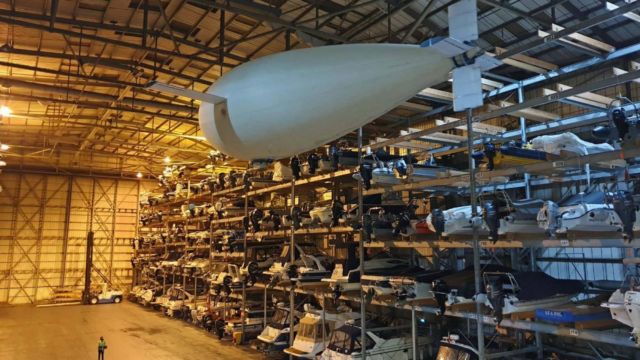
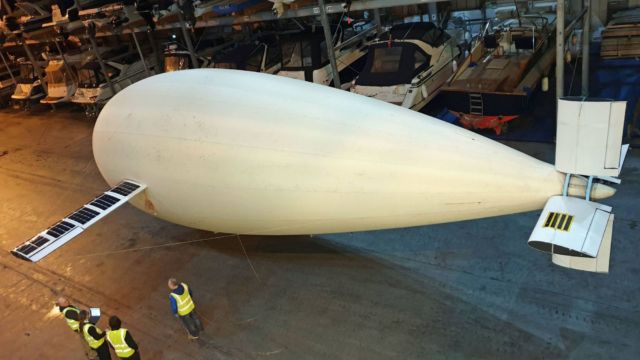
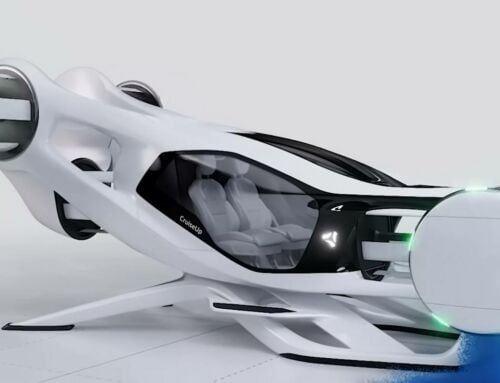
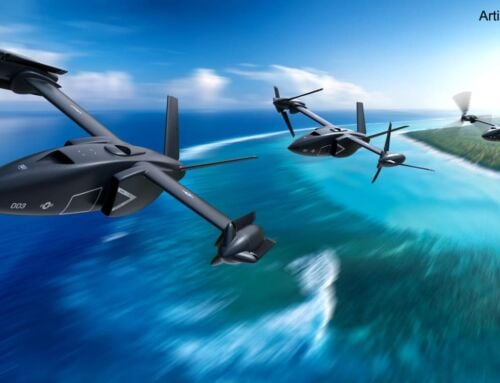
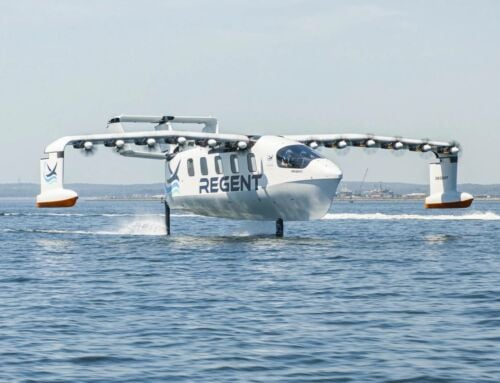
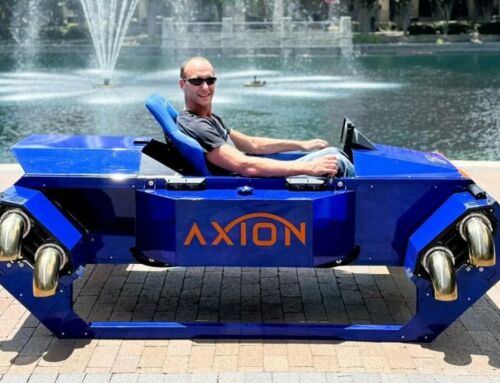
What a fantastic idea, who said Britain was a nation of shop keepers? It is great to hear we still have the brains & technology to succeed.
A good use of simple and dependable system to maintain long duration flight. Reliability is sometimes more important than speed.